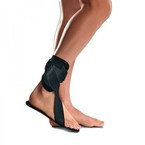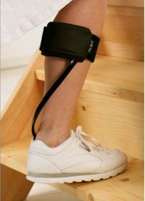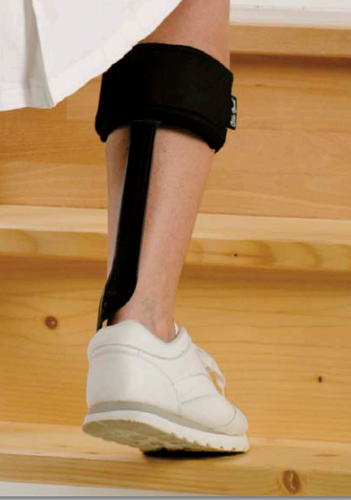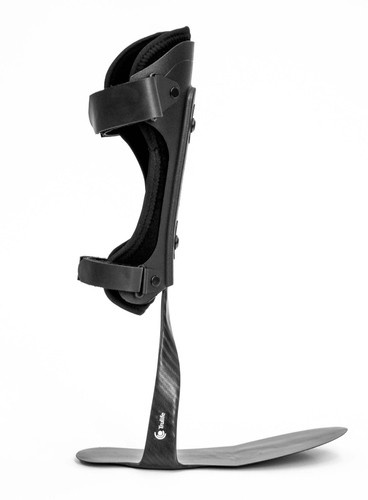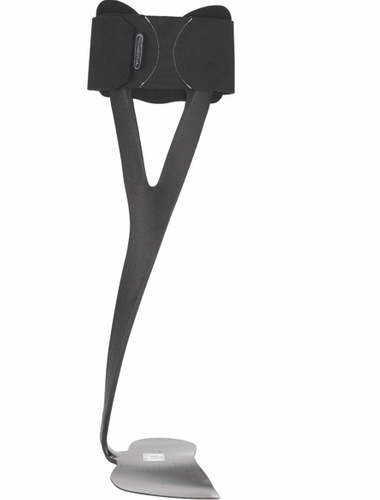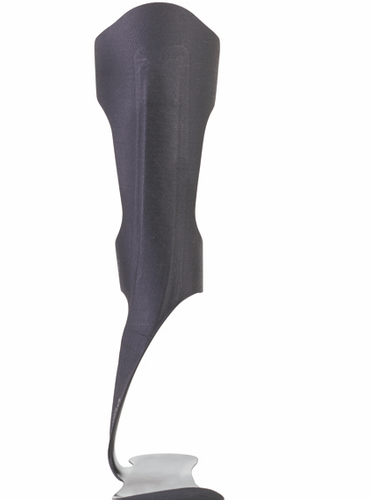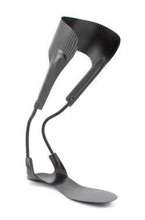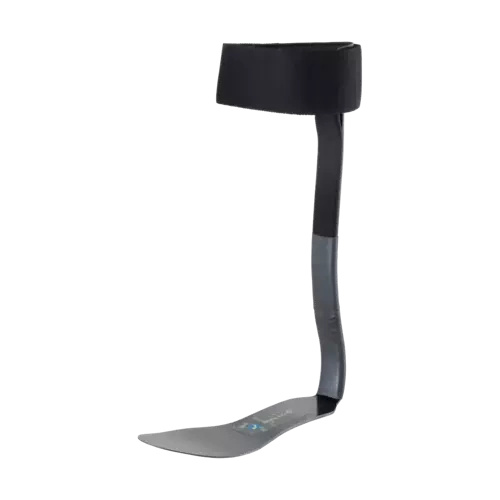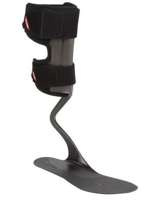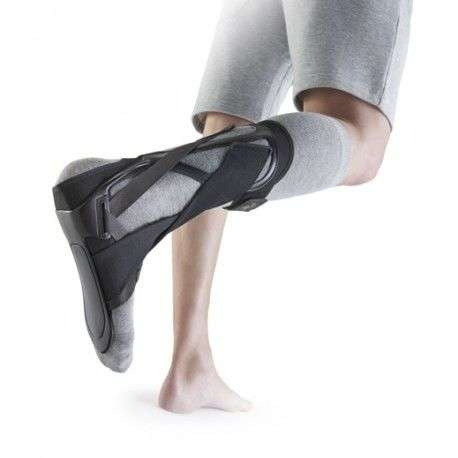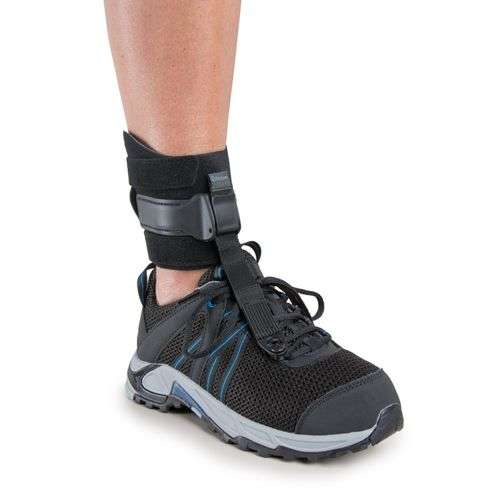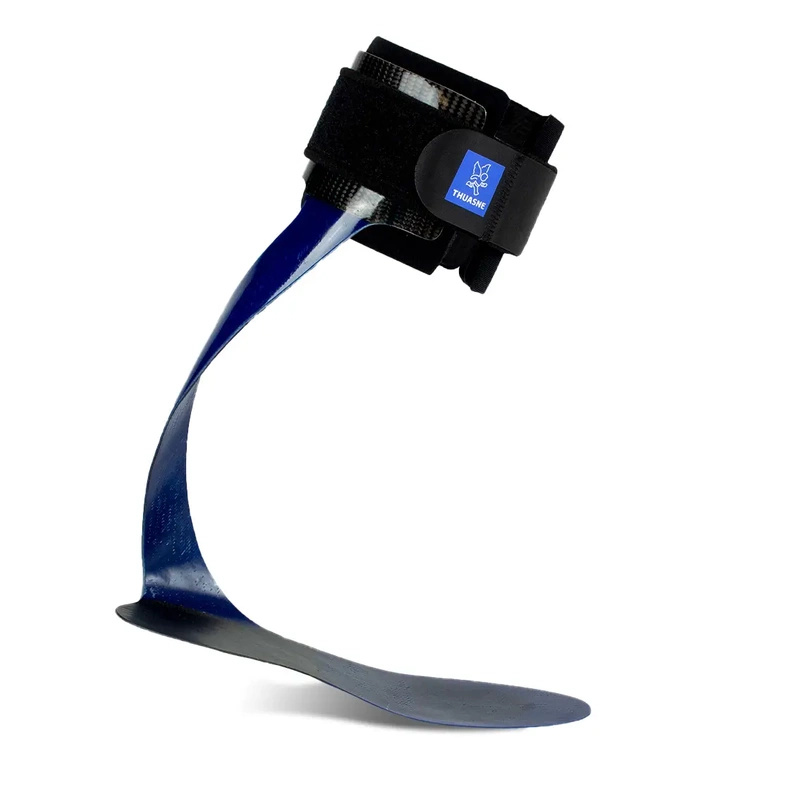How lower leg braces can help with foot drop
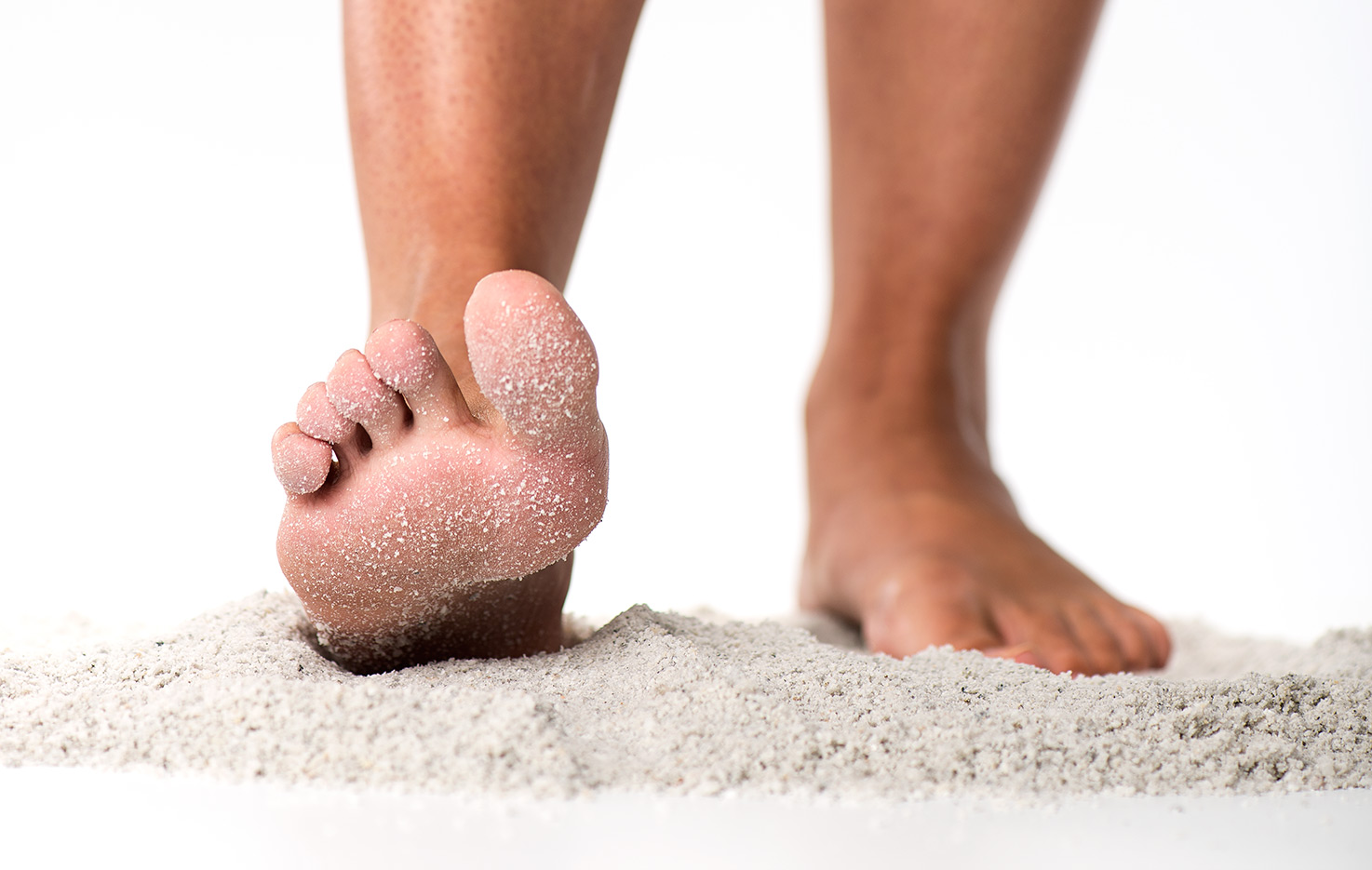
Does drop foot impede on your work and daily functioning? A well-chosen lower leg brace can help - read on to learn more about this condition and what you can do to better manage it.
How lower leg braces can help with foot drop
Foot drop is a condition in which the foot abnormally droops when lifted, due to possible nerve injury, weakness in the ankle and foot, or paralysis of the nerve in the lower leg, which significantly impedes one’s gait and overall quality of life. This condition may be caused by nerve damage, as well as damage to both the spinal cord, muscles, and can even be derived from underlying factors such as stroke, muscular dystrophy, multiple sclerosis, cerebral palsy, etc (Mayo). Foot drop is fairly easy to diagnose, as the condition is visible and is assessed during a physical examination. Your doctor or therapist will carefully examine your gait and leg muscles, or, in some cases, might have to take X-ray, ultrasound or CT scans (NHS). If these fail to bring back adequate results, nerve conduction tests may also need to be taken in order to locate the nerve injury site (NHS).
What puts you at risk of foot drop?
The most commonly affected part of your body when it comes to foot drop is your peroneal nerve, which controls the muscles that are used to lift your feet when walking. Certain activities can impede the functioning of this nerve, such as crossing one’s legs, kneeling for long periods of time, and even wearing a tight cast on your leg. Such activities can exert pressure on the nerve, which can lead to temporary or even more permanent foot drop.
Common causes and symptoms of foot drop
As mentioned previously, a number of injuries and underlying conditions can be the source of a foot drop. Injuries that cause a “pinched nerve” keep the peroneal nerve from keeping your foot up - these can occur during knee or hip replacement surgery (Mayo). If you have nerve or muscle disorders, such as muscular dystrophy, neuropathy and muscle weakness, you may also experience this condition. More serious causes of foot drop may also include brain and spinal cord disorders, like amyotrophic lateral sclerosis (ALS), multiple sclerosis and even stroke (Mayo).
Surprisingly, foot drop isn’t always very obvious. The most common tell-tale sign of this condition is the obvious hanging of the foot, however this symptom can come and go and not everyone takes it into consideration. Besides a drooping foot, you might also feel weakness and numbness in your legs, pain and muscle weakness. When it comes to assessing your condition, leave it to medical professionals. If you are experiencing these symptoms, it is crucial that you get in touch with a doctor or physical therapist in order to appropriately assess your condition.
Managing this condition
People who suffer from foot drop face significant difficulty when walking, as the condition forces them to either scuff their toes on the ground or lift their affected foot higher than normal in order to avoid doing so, making them more prone to falls (NHS). Whether your foot drop is temporary or permanent, it is important that you make certain adjustments in your home in order to prevent injury and better manage this condition. Make sure to remove all clutter in your residence and invest in non-slip rugs or mats, as well as consider purchasing a foot brace and visiting a physical therapy provider.
What types of braces can help with foot drop?
Before heading off and purchasing the first leg brace you notice, it is crucial that you first understand their functioning. Traditional braces for the lower leg often function as a support or stabilizer, to help reduce strain and tension put on the legs. In the case of foot drop, the foot brace differs from traditional braces in that it functions as a supportive stand for the lower leg, preventing the foot from drooping in a downward position. These types of braces are attached around the calf with Velcro straps and are supported with either a strap or support arms that go to the base of the foot. Besides traditional braces for foot drop, you also have the option of purchasing night splints and wraps, which are more low profile and can be easily worn under clothing. You can find all of these types of braces for foot drop in our store, however, prior to making a purchase, it is vital that you first consult with a doctor and ask if this form of physical therapy is right for your condition. You’ll also more than likely be recommended a series of exercises to help strengthen the muscles of the lower legs. It is important to note that leg braces won’t treat foot drop, but they will help to significantly improve your quality of life by preventing you from dragging your affected foot.
Other treatment options
As previously mentioned, foot drop can either be temporary or permanent, depending on what caused this condition, as well as its severity. Wearing traditional braces is recommended for both temporary and permanent foot drop, as it prevents the foot from being dragged, however, in option will not treat permanent damage. In this situation, you’re left with two treatment options - nerve stimulation and surgery (Mayo). If your foot drop is caused by a neurological condition or injury, stimulating the nerve might be enough to unpinch it and get it back to functioning order. If this option does not provide effective results, surgery is your only other option. If your condition is permanent, your doctor might suggest a procedure that fuses the ankle and foot bones, or attaching a functioning tendon or muscle to the affected part of the body (Mayo).
Whether your foot drop condition is permanent or temporary, most doctors and physical therapists recommend a quality support brace, splint or wrap, in order to help improve your gait and overall quality of life. Make sure to visit our page and choose the right foot drop brace from our wide selection of orthoses.
Sources:
- “Foot Drop”, By Mayo Clinic Staff, Dec. 14, 2017
https://www.mayoclinic.org/diseases-conditions/foot-drop/symptoms-causes/syc-20372628 - “Foot Drop”, NHS, 20 February 2019
https://www.nhs.uk/conditions/foot-drop/
Recommended


